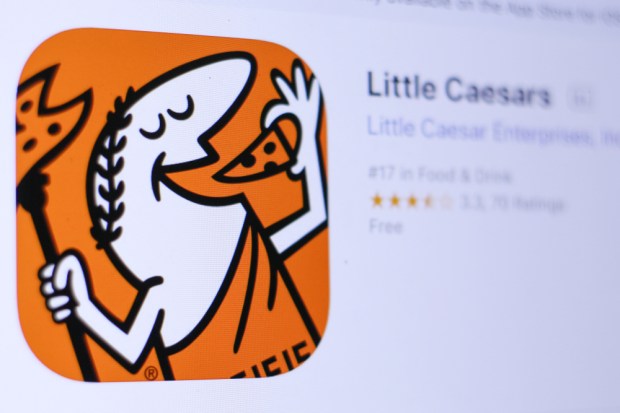Pizza Locker Pickup — The Right Combination?

From Amazon to Home Depot, retailers are turning to lockers as a way for customers to pick up their orders in brick-and-mortar stores. These devices can store a wide range of products from the latest bestsellers to tools for a home improvement product. But can quick-service restaurants take advantage of this technology?
Little Caesars found a solution through a mobile order pickup station that it offers in most of its U.S. stores. But, unlike Amazon and Home Depot’s lockers, its Pizza Portal lockers are specifically designed for prepared food. They are heated and they come with omnichannel features, such as mobile ordering and prepayment.
In a statement, Little Caesars’ president and CEO, David Scrivano, said, “We’re using our Pizza Portal pickup and mobile app to expand our offerings, as well as evolve our business model in an increasingly diverse and digital marketplace.” The idea, according to Scrivano, is to enhance its omnichannel offerings, or, in his words, “enhance the guest experience for all customers, no matter how they choose to access Little Caesars.”
To order a pizza, customers can choose a menu item on the company’s mobile app or opt to create their own pizzas through a “custom pizza builder.” In order to pick up their orders when they arrive at a brick-and-mortar location, consumers scan a code or enter a 3-digit PIN at the machine. After the consumer is verified, a secured compartment on the machine opens and customers can take out their pizzas.
The technology also allows consumers to pre-pay, and mobile payment options include digital wallets. In terms of other technologies, the system comes with face ID and touch ID/fingerprint login functionality. In all, Little Caesars said the device was co-developed with automated dispensing system provider Apex Supply Chain Technologies.
In a press release from Apex, Scrivano noted that seconds count when it comes to pick-up, and “this insight inspired our Hot-N-Ready model and continues to inspire our entire business.” Beyond Little Caesars, Apex said that the technology has other applications: It could be applied to hospitals and corporations, and work for other foods such as chicken, ribs and prepared meals.
A Slice Of Innovation
Little Caesars is hardly the only pizza QSR to add more ordering options. In April, Domino’s rolled out delivery to locations that don’t have traditional addresses, such as parks, sports fields or a beaches. The chain refers to those locations as Hotspots and said, at the time, that 150,000 of them were active nationwide. In a press release, Domino’s president, Russell Weiner, said, “We listened to customers and their need for pizza delivery to locations without a traditional address. We know that delivery is all about convenience, and Domino’s Hotspots are an innovation that is all about flexible delivery options for customers.”
In terms of ordering, the pizza chain said that Domino’s Hotspots are an online-only option for prepaid orders made on dominos.com and in mobile apps. Once a customer’s location has been determined, Hotspots that are available for delivery will appear on a map for customers to select. Additionally, customers can provide information for the driver to find them at checkout. They will then receive a text message alerts about the progress of their delivery, including a final text that gives the driver’s estimated arrival time.
Beyond big chains such as Domino’s and Little Caesars, software platforms are also seeking to bring digital ordering functionality to local pizzerias. Slice, in particular, seeks to provide pizzerias with mobile-optimized website and tools that enable customers to place orders through social media channels. Through Slice, consumers can order through a pizzeria’s page, on the Slice platform or through Google or Facebook. Its payments system is flexible, allowing customers to pay by cash or credit card. Mobile wallets, such as Apple Pay and Android Pay, are also accepted.
According to the PYMNTS Mobile Order-Ahead Tracker, a little more than a quarter — or a 28 percent — of global consumers have paid for food or drink via a mobile app. In addition, the tracker noted that 5 percent of restaurants’ total sales are currently estimated to be from mobile orders, suggesting that technology like the Pizza Portal may have a receptive, pizza-hungry audience.